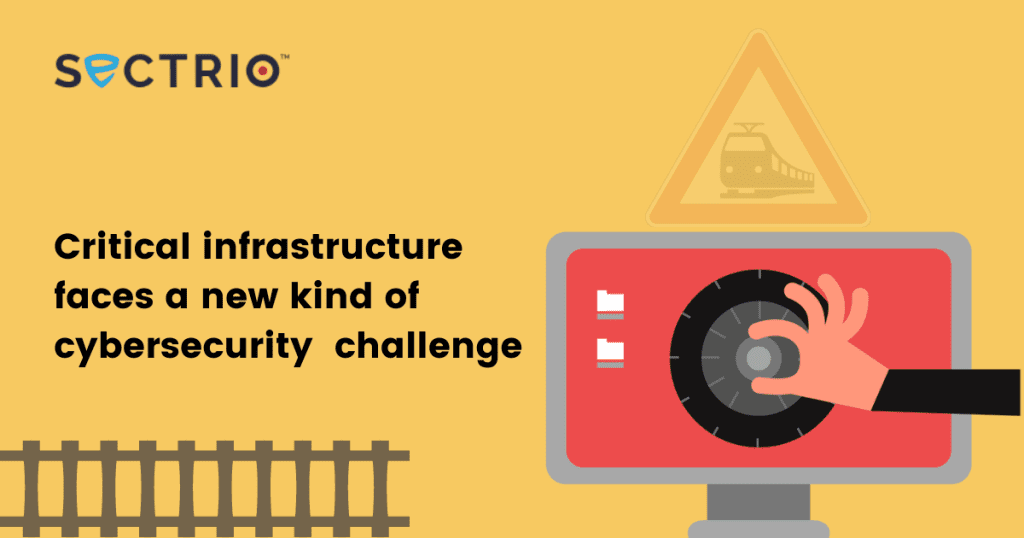My reflections from GISEC 2023 and the cybersecurity challenges we are faced with in the Middle East region.
According to a new report from analyst firm Frost and Sullivan, the Middle East’s cybersecurity market is expected to reach $31 billion by the year 2030, up from $7.5 billion in 2022. This exponential growth is a clear reflection of the state of the market and the level of priority that enterprises are giving to […]









